Diversity
The Mediterranean, a sea of cultures adapted to each person
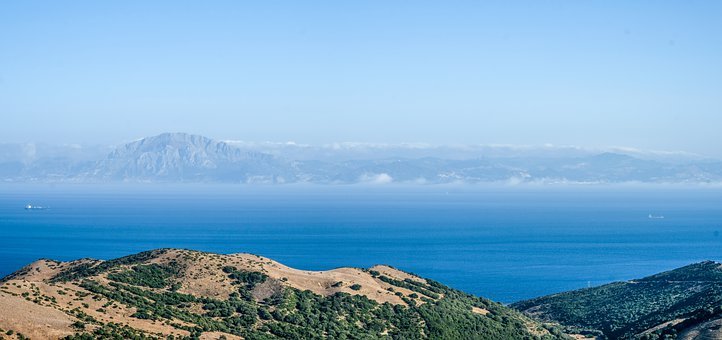
The world has changed, but not enough to unseat the Mediterranean Sea as the richest enclave on Earth in history, art, philosophy, music, literature, science and technology. The undisputed cradle of civilisation - even allowing for China's millennia-long history - its immense cultural diversity has been projected globally like no other. Europe is said to be Jerusalem plus Athens plus Rome. But add Istanbul and the Thebes-Alexandria axis to that equation and the result is the world's greatest concentration of accumulated knowledge. If there is one thing that distinguishes the Mediterranean world, it is precisely the infinitude of each of its cultures and, at the same time, the enormous diversity within each of them.
Etymologically, Mediterranean means "sea between lands", an immense lake of two and a half million square kilometres, whose 3,860 kilometres in length make it the largest inland sea in the world after the Caribbean. In addition to the partial names given to its waters in some of its enclaves, the whole of this great lake has been called Mare Nostrum by the Romans, Yam Gadol (Great Sea) by the Jews, Akdeniz (White Sea) by the Turks and even Mittelmeer (Middle Sea) by the Germans. Before all of them, the ancient Egyptians called it the Great Green, because of the intense emerald colour of the coastal waters of their empire.
Historians generally agree that the first settlements were at Jericho 9,000 years ago. Since then, the men and women who have settled around its shores have given birth to civilisations whose common denominator has been creativity, the search for the meaning of life and wisdom, as well as a love of man and nature. The historical projection of successive civilisations and their corresponding empires have ranged from Mesopotamia to Egypt, from the Anatolian peninsula and Troy to Macedonia, from Sparta and Athens in Greece to Phoenicia, from Carthage to Rome, from Baghdad to Al-Andalus, from Byzantium to the Ottoman Empire, and from Alexandria to Bologna. As the architect, the first woman rector of the Istanbul Polytechnic and president of the Council of Mediterranean Universities, Gülsün Saglamer, sums it up, we cannot imagine the history of the world without taking into account the Egyptian, Hellenic-Roman and Ottoman civilisations.
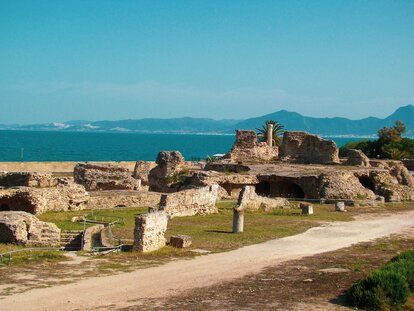
A successive cultural race by relays
The most distinctive sign in the succession of such empires, also cultural, of course, has been the absorption of the knowledge of the civilisation that has taken over. Hellenistic culture does not disown Egyptian culture, but rather assumes it and endows it with greater attributes; Roman culture does the same with Greek culture, and even Ottoman culture, which causes the biggest break in this succession of relays, incorporates, channels and even assumes in many cases the Jewish and Christian cultural heritage.
The immense Egyptian legacy, with representative exhibits in Berlin, London, Paris and Madrid, nevertheless has its best compendium in the new National Museum in Cairo, an essential place to see the greatness of a civilisation and a culture that prolonged its hegemony for three thousand years. The Library of Alexandria (300 BC) is also a beacon of this eagerness to summarise the knowledge of its time, and its modern reprint is a fair replica of that monument.
It coincided at the end of its time with the splendour of Greece, which between the 6th and 4th centuries BC laid the foundations of philosophy, literature, theatre and mathematics, while also developing the profound knowledge of geometry, which had been successively implemented by the Assyrians and the Egyptians. Names such as Pythagoras, Thales of Miletus, Anaximander, Anaximenes, Xenophanes, Hippocrates, Socrates, Plato, Aristotle, Euripides, Sophocles or Aeschylus are on the frontispiece of any university or school today.
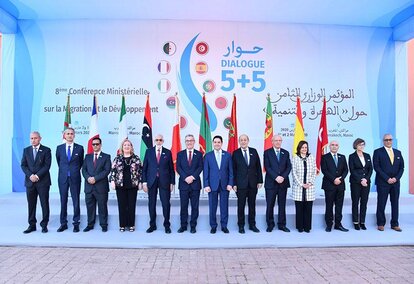
The Golden Age of the Muslim world
The Middle Ages, curiously presented in much of Europe as a long dark night, were nevertheless a time of true splendour for the Muslim population settled on the eastern shores of the Mediterranean. The teachings of the Prophet Muhammad and the spread of the Koran spread rapidly from Arabia to virtually the whole of the Middle East, Asia Minor, Persia, North Africa and the Iberian Peninsula. The Iberian Peninsula and what is now Morocco were the most advanced cultural centres of Islam, in dispute with the primacy of Baghdad or Damascus. Philosophy, literature and the sciences, especially mathematics and astronomy, underwent a formidable advance.
In Spain, without being the oasis that is presented to us as a model of coexistence over eight centuries, the truth is that Arab, Jewish and Christian cultures interpenetrated throughout those almost eight hundred years of coexistence and clashes, clashes that resulted in the emergence of such great minds as Avicenna, Averroes, Jabir ibn Hayyan, Al Farabi, Al Biruni, Ibn Sina, Al Qushayri, Al Ghazali, Al Baghdaadi, Ibn Rushd, Jalal ad-Din Rumi and the most universal of them all, Ibn Khaldun.
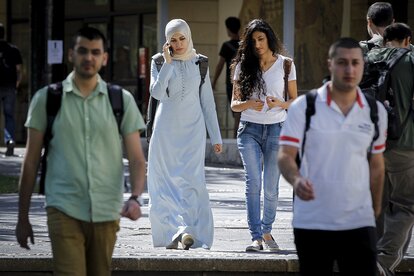
The splendour of this immense and diverse Mediterranean cultural mosaic spread largely through the universities, a distinctly Mediterranean institution, whether one accepts its more Westernised classification or incorporates those created in the Muslim world into the list of the oldest temples of learning. Thus, the oldest university in the world would be that of Al-Karaouine or Qarawiyyin, created in 859 AD in the Moroccan city of Fez, followed by the Egyptian university of Al-Azhar (972) and the Iranian university of Nizamiyya (1065). The three precede in antiquity that of Bologna (1088), the first to inaugurate the list of those founded in Christian Europe: Paris, Salamanca, Oxford, Cambridge, Montpellier and Padua.
The universities, and the institutes, schools and workshops established at their expense, were also decisive for the creative explosion of the Renaissance, perhaps the greatest cultural deflagration experienced by the world until today's globalisation and instantaneous expansion of new findings and discoveries of knowledge.
The history of the Mediterranean is thus a constant flow and becoming, a continuous and persistent transformation. Its consequence is not only the integration of cultures but also the enhancement of the individual, himself a world unto himself.
That cultural explosion, together with the impressive leap forward in long-distance maritime communications, led the Mediterranean to cede much of its prominence to Northern Europe, which burst forth with enormous vitality, radiating the peculiarities of its culture to North America.
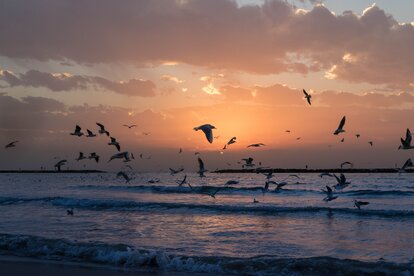
The enormous cultural diversity that is found along the 46,000 kilometres of Mediterranean coastline has brought about a great deal of integration, giving rise to common roots and common denominators in terms of such manifestations as gastronomy and music. The now famous "Mediterranean diet" contains a varied list of products that are cooked and served on tables all over the world. In the same way, the fusion of rhythms and melodies makes Turkish, Jewish, Tunisian or Algerian roots recognisable to any sensibility in musical compositions from both sides of this small but immense lake, on whose shores 600 million people now live. It is these people, each with their own individuality, who operate this continuous flow along the length and breadth of this sea, which in the end has ended up blurring and diluting characteristics that were once dominant stereotypes: race, age, sexual identity or orientation, gender, nationality, but also style, sentimental situation, education, work situation, job or type of organisation one works for; personality, religious or political beliefs, life experiences or life perspectives.
The Mediterranean is an indisputable space of freedom, where individual potential has been able to develop, even if there is still a long way to go to reach its full potential. In any case, cultural diversity has thus taken another step towards a new stage: that of striving to ensure that the multiple individual diversity, capable of defining each person's identity, leads to its integrated dimension as the sum of all its peculiarities and attributes.
